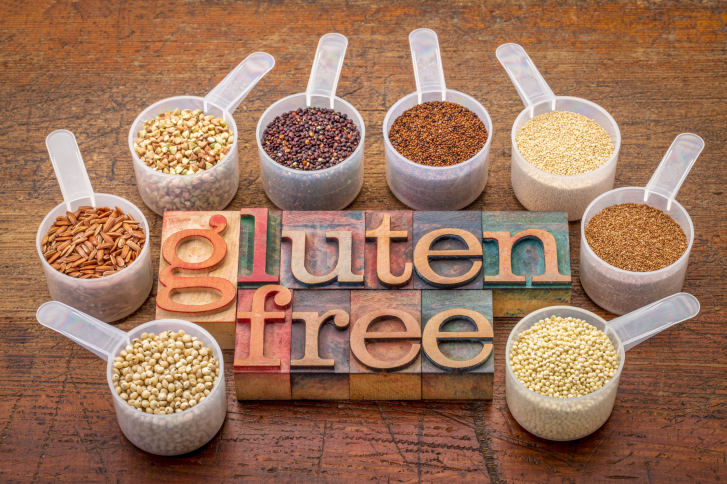Whole grains are a healthy part of your daily diet. In fact, according to the Dietary Guidelines for Americans, half of the grains you eat each day should be whole grains. But if you have to eat a gluten-free diet, you may be wondering what kinds of whole grains you can and can’t eat. Read on to learn more about what types of grains are safe for you to consume!
Who should eat gluten-free grains?
If you have been diagnosed with Celiac disease or a gluten intolerance or sensitivity, you should not eat gluten and should instead opt for gluten-free grains. It is not advisable that you adopt a gluten-free diet without consulting your doctor. If you think you could benefit from a gluten-free diet, make an appointment with your doctor to discuss your symptoms and potential treatments before changing your diet.
What types of whole grains don’t contain gluten?
These grains are naturally gluten-free:
- Rice (brown rice, wild rice, etc.)
- Quinoa
- Corn
- Amaranth
- Millet
- Sorghum
- Teff
- Buckwheat (buckwheat is not wheat and is gluten-free!)
- Oats that are certified gluten free
A word of caution: Be sure to read the package to make sure these foods are truly safe for you to eat. Take note if a food says that it has been manufactured on equipment shared with wheat and use your best judgment when deciding whether or not to eat that food. When in doubt, choose foods that are certified gluten-free.
What does it mean when a grain or other product is certified gluten-free?
According to the National Foundation for Celiac Awareness, gluten-free certification helps protect consumers who cannot eat gluten by confirming that a food, beverage, or supplement has met strict standards for gluten-free safety. When a product is certified gluten-free, that means a reputable third party has confirmed the manufacturer’s claims that the product is truly gluten-free. Click here and here to learn more about gluten-free certification.
What types of grains should be avoided?
If you must be gluten-free, always avoid these grains: wheat, rye, barley, spelt, triticale, and non-gluten free certified oats. (While oats themselves do not contain gluten, they are often cross-contaminated by wheat during growing or processing. If you are gluten-free, only consume oats that are certified gluten free.)
What are some ways to enjoy gluten-free grains?
Try these tips to help you enjoy gluten-free grain products:
- Use brown rice as a side dish, add it to a beef- or chicken-based soup, or use it as part of a gluten-free fried rice or stir-fry dish (be sure to use gluten-free soy sauce!).
- Visit your local supermarket to buy gluten-free pasta made from whole grains like brown rice or corn, and use it in your favorite pasta dishes.
- Use corn tortillas to make mini quesadillas or soft tacos.
- Enjoy oatmeal (made with certified gluten-free oats) for a fiber- and protein-packed breakfast. Or, use rolled oats to make gluten-free oatmeal cookies.
- Make quinoa and serve it as a side dish or even as an ingredient in a cold salad.
- Top corn tortilla chips with beans, shredded meat, vegetables, and cheese; bake them to make homemade nachos.
For Health Advocate Members
If you’re a Health Advocate member with access to our Wellness Coaching program, call your coach for more healthy ways to enjoy whole grains, and other nutrition tips!



